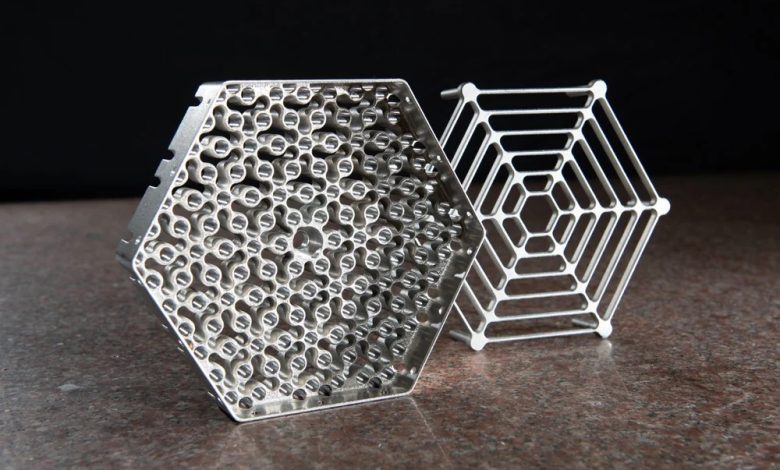Westinghouse Electric Company has achieved a significant milestone in the nuclear energy industry, having manufactured its 1,000th 3D printed fuel flow plate for VVER-440 reactor fuel. This accomplishment marks a groundbreaking moment as the first-ever safety-related 3D printed part enters serial production.
The additive manufacturing (AM) flow plates, crucial components in VVER-440 fuel assemblies, facilitate a redesign of the assemblies’ bottom part, resulting in enhanced performance and robustness. VVER reactors, developed initially in the Soviet Union, are pressurized water reactor designs known for their safety features. The VVER-440 Model V230, delivering 440 MW of electrical power, is among the most common designs.
Notably, Westinghouse’s journey in additive manufacturing began with the installation of the first safety-related AM component, a Thimble Plugging Device, into an operating commercial reactor in 2020. The company’s commitment to innovation in AM technology underscores its dedication to strengthening safety, efficiency, sustainability, and energy security in the nuclear energy sector.
The deployment of AM in the nuclear industry represents a strategic move towards cost and lead-time reductions while enabling cutting-edge solutions for energy generation. With the world’s renewed interest in nuclear energy as a cleaner and more efficient alternative, the adoption of AM technology has gained momentum, offering streamlined processes and enhanced operational efficiency. In this context, additive manufacturing emerges as a pivotal tool for producing complex components and prototypes essential for ensuring the safety and reliability of nuclear power plants.
Subscribe to AM Chronicle Newsletter to stay connected: https://bit.ly/3fBZ1mP
Follow us on LinkedIn: https://bit.ly/3IjhrFq
Visit for more interesting content on additive manufacturing: https://amchronicle.com


